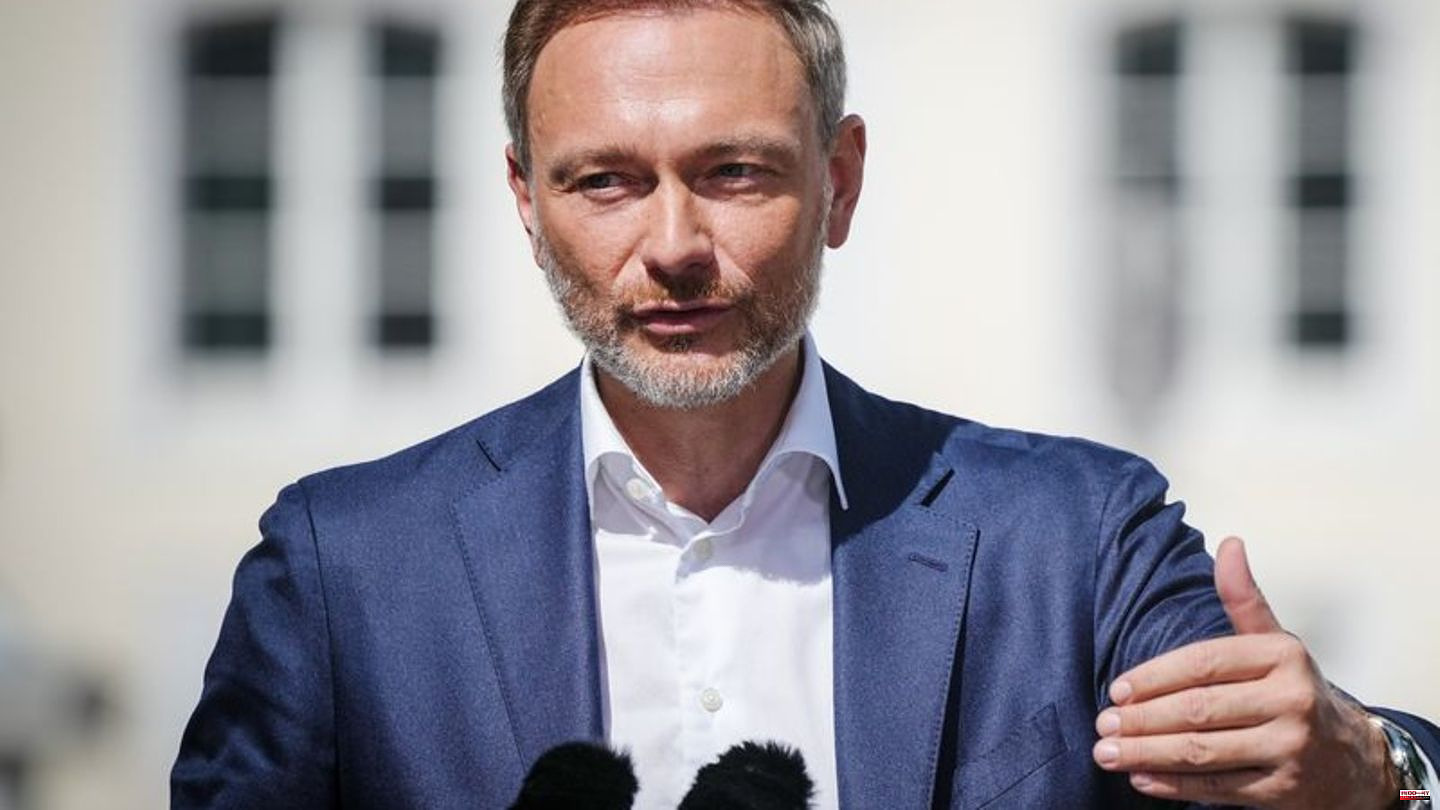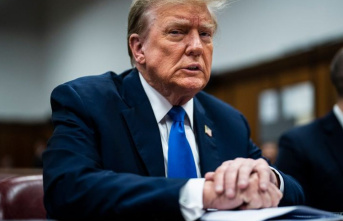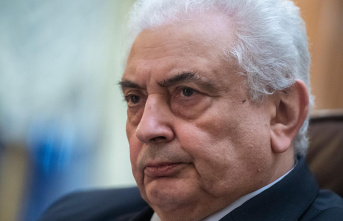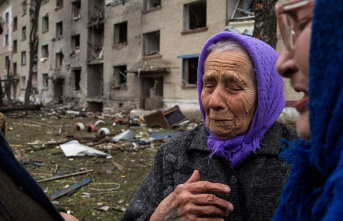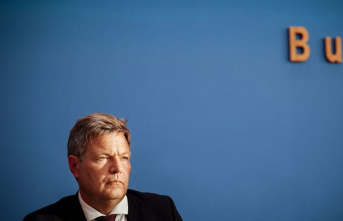If Finance Minister Christian Lindner has his way, three years of state of emergency should end. Starting Tuesday, the Bundestag will debate its draft for the 2023 federal budget for four days. The most important mission of the FDP politician: the debt brake should be observed again. To do this, Lindner and his chief computer, Secretary of State Werner Gatzer, resorted to their bag of tricks - which obviously annoys the opposition.
It is Lindner's first work, which will be scrutinized in detail in the Bundestag committees in the coming months: the first budget for which the new finance minister is solely responsible. His predecessor, today's Federal Chancellor Olaf Scholz, had already drafted the budget for 2022. Because of a death in the family, Lindner cannot bring his figures to Parliament himself.
However, everyone should have understood by now what is particularly important to him: Despite new challenges from the Ukraine war, despite the energy crisis, high prices and relief packages, the federal government should not incur more debt than the Basic Law allows. That was different in the past three years, because of the Corona crisis, the Bundestag had put an exception rule in the debt brake into force. The result: 130.5 billion euros in new loans in 2020; 215.4 billion euros in 2021 and up to 138.9 billion euros in new debt this year.
Lindner and his FDP had already started the election campaign with the proviso that the never-ending debt had to end. Today's debt is tomorrow's tax hike, they say. Some of the SPD and Greens question that, especially in view of the enormous tasks that have to be tackled. Public support, on the other hand, keeps getting Lindner from Chancellor Scholz.
Especially since, according to the Minister of Finance, in the coming year, even with a debt brake, relief measures for the citizens in the double-digit billion range would be possible. Provisions have been made for this, said Lindner after the cabinet meeting at Meseberg Castle. The most important data and facts about the budget plans of the FDP boss:
Economic starting position
Energy prices have skyrocketed due to the Russian war in Ukraine and reduced gas supplies. The inflation rate is now scratching at 8 percent, and even groceries have become significantly more expensive. Private consumption, an important pillar of the economy, is slowed down. At the same time, however, the state is collecting more taxes than in the years with corona lockdowns. The economy was able to pick itself up in the first two quarters - but now experts are expecting another slump.
The budget volume
Lindner is planning expenditures of 445.2 billion euros for the coming year. That is around 100 billion less than in 2021, when, among other things, companies had to be rescued by the pandemic. "How was this result achieved? Through consolidation," the 43-year-old explained his numbers. In seven individual plans, i.e. ministries, less money is now available. 3000 jobs are to be cut. Lindner made it clear that he had to do a lot of convincing with his cabinet colleagues. However, the Federal Court of Auditors accuses him of distorting the picture: billions in expenditure for climate and transformation, digital and the Bundeswehr are not included in the budget because they run through special funds.
The debt brake
On paper, it is met again. The regulation in the Basic Law does not prescribe a zero-debt policy for the federal government, but allows small amounts of credit depending on the economic situation. Lindner makes full use of this with 9.9 billion euros. However, 7.3 billion euros in loans for statutory health insurance and the International Monetary Fund (IMF) will also be financed through new debt, which the finance minister does not have to count towards the debt brake. Results in net borrowing of 17.2 billion euros.
To ensure that this is sufficient, Lindner also draws on an old reserve that the federal government had saved for refugee costs. 40.5 billion euros are to be withdrawn from it in 2023 - much more than planned, which means that only slightly more than seven billion euros are left for the following years. The Court of Auditors accuses Lindner of concealment here too: In the case of real net borrowing, the reserve must be taken into account just like loans from special funds. It actually amounts to 78 billion euros, more than four times as much as stated in the budget.
investments
Expenditure on investments remains at a comparatively high level of more than 50 billion. Biggest block is the traffic. More funds are planned for parental allowance, social housing, student loans, development cooperation and humanitarian aid. Floating liquid gas terminals are also financed. Important investments for climate protection, such as the promotion of renewable energies, the development of a charging infrastructure and the decarbonization of industry, will be financed from a special fund.
Problems
Rising interest rates also mean more spending for the federal government. Lindner speaks of a "steep wall" that is building up, for 2023 alone he has planned around 30 billion euros to service the recently accumulated debt. At the same time, the pension must be supported with the huge sum of 112 billion euros. Health insurance can no longer get by, even with an increased federal subsidy.
And then there remains the uncertainty of how inflation will develop. Will further relief packages be necessary? Lindner has planned five billion for crisis precautions, as well as a so-called global provision of nine billion for economic fluctuations. But this money could be gone quickly. There is little leeway for the coalition partners' favorite projects such as basic child security, citizen income and share pensions.

